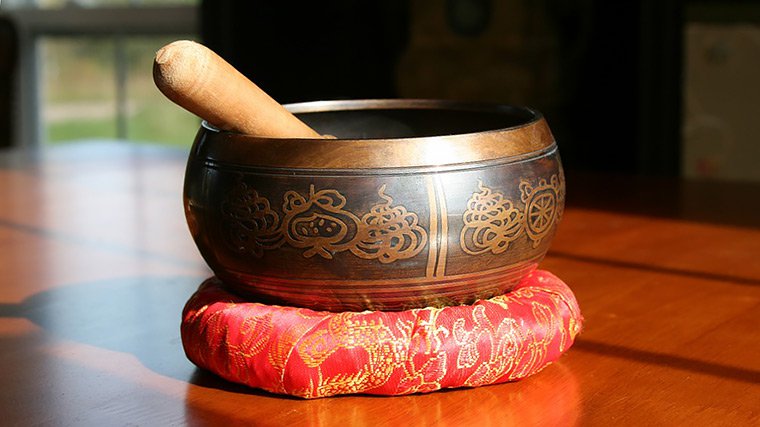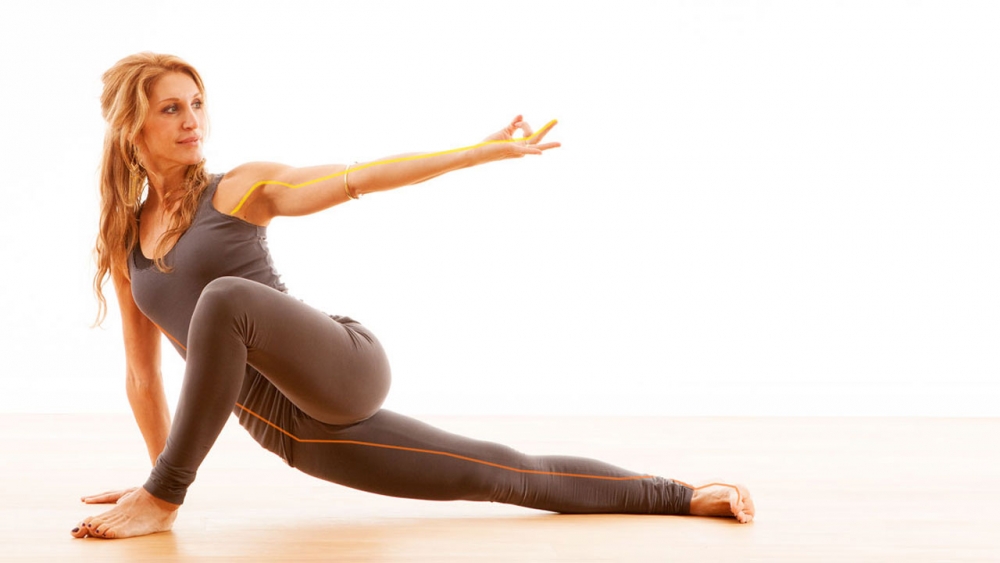Our connected selves
We are one connected unit. In this case, I’m not talking about the non-duality idea that we are all one large living breathing interconnected organism… I’m reining it back in and referring to our physical selves.
Each of us is one connected unit. One interwoven web of connected, connective tissue from top to toes. I touched previously on this connected silk-like web that wraps around all of our muscles, underneath them, over the top of them and between all of them, which moulds to our movement patterns and literally creates our posture as it exerts a pull on our bone material and directs the shape that our bones form.
This remoulding continues throughout our lives – our movement patterns continue to influence the load, or pull, on our bones, which responds by readjusting its shape; it starts in childhood, and by 7 or 8 we start to take on our distinctive posture. We are no longer a ‘generic childlike shape’!
However, our connective tissue and its function reach far beyond merely forming our physical shape. It’s a communication system too.
Meridians and Anatomy trains
For several thousand years, the Chinese have understood the vast reach of this inter-connectedness through our ‘meridians’. Meridians are the channels along which acupuncture needles are inserted, they form a network over and through the entire body, and they’re mirrored left to right in our body. The Chinese script for meridian can be translated as ‘silk’ or ‘net’.
The acupuncture points along these lines are invariably located at little ‘nooks and crannies’ in the body (open your jaw and place your finger just in front of the soft cartilaginous part of the ear – the tragus – and you’ll find a hollow materialises…this is ‘Small Intestine 19’. Just below it is another one – just in front of the ear lobe, and you’re on ‘Gall Bladder 2’).
These nooks and crannies, or natural divots in the body coincide either with spaces in joints (as in the above examples) or where swathes of neighbouring connective tissue merge (run your finger from the side of your shoulder along your deltoid muscles until you naturally stop. You’ll find Large Intestine 14 there! It’s often rather tender and it’s the insertional point of the deltoid – a merging of tissues.
The names of the points are fabulous and the meridians are largely named after our internal organs…for a reason! They have an internal connection to, and an influence on, the organ. How this was ascertained, one can only surmise…but there’s a complete network of connected points mapped over and within your entire body. And they’re communicating, on some level, to the rest of the body, the internal organs, the nervous system, the digestive system, the immune system – not just the muscles, joints, ligaments and tendons.
Modern anatomists have explored the layers of the body to confirm (to our western, ‘scientific’ eyes) that the connected ‘anatomy trains’* of connected tissue correspond with the ancient, eastern notion of the meridians.
Modern anatomists have explored the layers of the body to confirm (to our western, ‘scientific’ eyes) that the connected ‘anatomy trains’ of connected tissue correspond with the ancient, eastern notion of the meridians.
When we find ourselves at the physiotherapist because that pain ‘just hasn’t gone away by itself’, without doubt, there will be a tension along the meridians in that region. Tender points (often hidden, underneath the surface, and sometimes a far reach from the painful part!) contribute to the inadvertent pull of the tissue on the painful area. This is the idea of ‘stuckness’, or ‘disruption’ in the system and I often liken the concept to a stream…
*‘Integral Anatomist’ Thomas Myers has led a movement in recent years from which he coined the phrase ‘anatomy trains’.
Pebbles in the stream
Imagine a stream with a brilliantly flat, sandy bed. That stream is flowing fabulously – smoothly and undisturbed. Throw in a few pebbles, and the water will still flow, but now it has to accommodate the pebbles; the stream has to flow around them and alter its course slightly.
The tender points along the meridian chain are like the pebbles – focussed areas of disruption, changing the course of the flow of energy (when we move) and literally changing the movement slightly. Sometimes these points are called ‘trigger points’ (or ‘knots’…and we all understand the notion of having ‘knots in our shoulders’!); by and large they coincide with acupuncture points – it’s simply a different model for the same idea. In fact, another translation for the Chinese script for meridians is also ‘underground waterway’.
Part of your physio’s job to help alleviate the tension within these points (be it with gentle, soft tissue techniques or with acupuncture needles), so that the system can return to flow. And the pain will ease…
Massage can help too, but have you ever had a massage that was excruciatingly painful?! Even when you didn’t arrive ‘in pain’ per se!? Maybe whole chains were out of kilter…maybe they needed some specific attention to ease the stuckness in the system? That’s why a visit to a physiotherapist for some ‘hands-on treatment’ can also help to free the tension.
Singing bowls
Aside from ‘hands-on’ attention, did you know that sound also can help ease tension?
In some ways, we already know this – put on some chilled music and we start to ‘unwind’ (probably literally!). Put on a piece of classical movement and we can, on occasion, be moved to a point of tears! It’s shifted something, it’s moved some tension in the tissues and allowed a release…and we all know that we often feel better when tears have rolled!

Perhaps most startlingly effective can be singing or sounding bowls. The pure resonant vibrations from sounding bowls can also help tension in tissue release.
Allow yourself to be shrouded in the vibrational frequencies from a chorus of singing bowls. The vibration will tease out knots in your shoulders, leaving them so light and airy and with a freedom that you no longer have to dream about!
Singing bowl meditation
EkhartYoga members can try this lovely Tibetan singing bowl meditation with Andrew Wrenn. He guides you first into your body and senses and then lets the magic of the singing bowl transport you to experience the present moment.
Read more from Dawn
- Posture, alignment and recovering from injury
- Tension, e-motion and breath
- Letting go of emotion
- All of our yesterdays and the beauty of yoga

